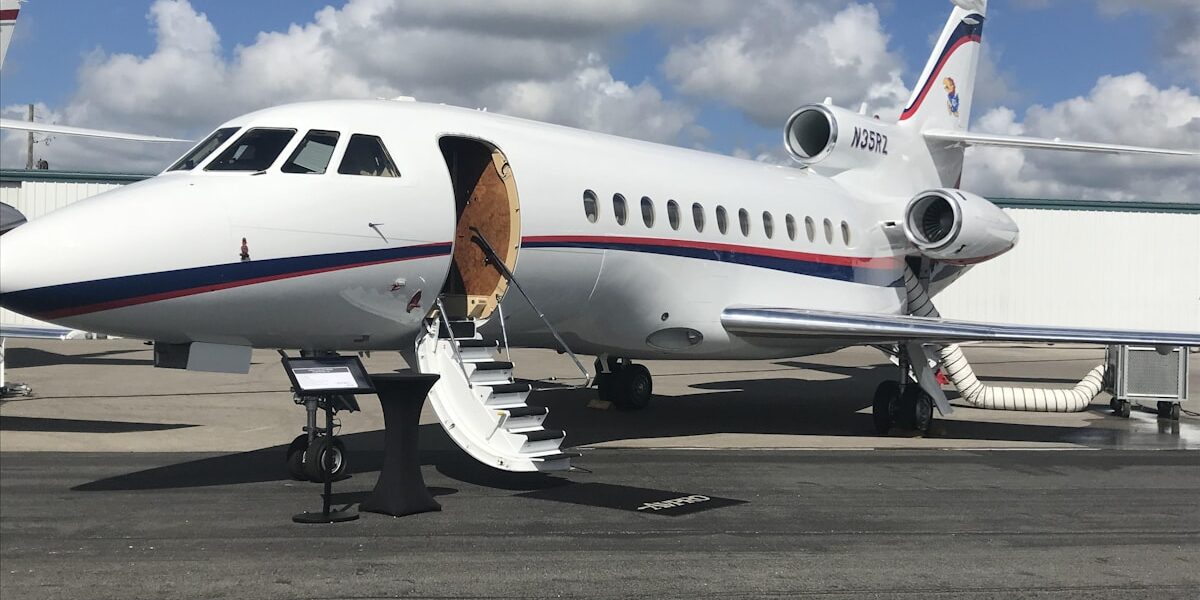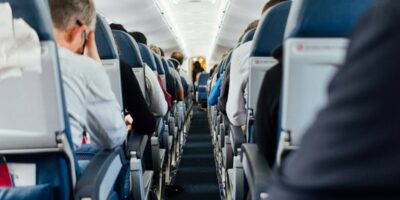Boeing 737-10: The Future of Single-Aisle Airliners
The Boeing 737-10, often referred to as the 737 MAX 10, represents the latest and most extended variant of the 737 MAX family. Designed to compete with the Airbus A321neo, it promises improvements in capacity, efficiency, and range. Understanding the intricacies of this aircraft is essential for aviation enthusiasts, industry professionals, and travelers alike.
Development and Design
The 737-10’s development stemmed from the need to offer a larger variant within the 737 family, addressing airlines’ desires for a higher-capacity, single-aisle aircraft. Leveraging lessons learned from previous MAX models, Boeing engineers designed the 737-10 to include larger wings and more efficient LEAP-1B engines. These enhancements contribute to improved performance and reduced fuel consumption.
Specifications
- Length: 43.8 meters (143 feet 8 inches)
- Wingspan: 35.9 meters (117 feet 10 inches)
- Maximum Range: Approximately 3,300 nautical miles
- Seating Capacity: Up to 230 passengers
- Engines: Two CFM International LEAP-1B
Performance
The 737-10 excels in performance metrics. Its engines, combined with aerodynamic improvements, reduce fuel burn by about 14% compared to previous-generation 737s. The aircraft requires less maintenance, which contributes to overall cost savings for operators.
The range capabilities of the 737-10 allow airlines to operate longer-haul routes, previously unsuitable for smaller single-aisle aircraft. This versatility opens new market opportunities and enhances profitability potential.
Passenger Experience
The 737-10 promises a better passenger experience. Boeing’s Sky Interior, featured in the 737-10, offers enhanced lighting, larger overhead bins, and improved cabin acoustics. These features contribute to a more comfortable flight, which is crucial for passenger satisfaction on longer routes.
Operational Efficiency
Airlines benefit from the 737-10’s operational efficiencies. Increased seating capacity means more revenue per flight. The aircraft’s commonality with other 737 models simplifies pilot training and maintenance procedures, reducing costs further.
The reduced fuel burn directly translates to lower operating costs and a smaller carbon footprint. In an era where environmental concerns are paramount, this makes the 737-10 an appealing choice for airlines aiming to improve sustainability.
Market Impact
The introduction of the 737-10 impacts market dynamics significantly. It provides a direct competitor to the Airbus A321neo, offering airlines more options. The aircraft’s efficiency and performance make it an attractive investment, likely leading to increased orders and broader fleet integration.
The 737-10 also allows airlines to phase out older, less efficient aircraft. Incorporating the 737-10 can lead to fleet modernization, enhancing overall fleet capabilities and aligning with long-term operational goals.
Challenges
Boeing faced several challenges during the development of the 737-10. The prolonged grounding of the 737 MAX series due to safety concerns delayed its progress. However, with rigorous recertification processes and improvements, these challenges were addressed, ensuring the aircraft meets the highest safety standards.
Future Prospects
The 737-10 holds significant promise for the future of commercial aviation. Its blend of capacity, efficiency, and range positions it well in the evolving market landscape. As air travel continues to recover and grow, the 737-10 will likely play a pivotal role in meeting demand and facilitating expansion for airlines worldwide.



Subscribe for Updates
Get the latest articles delivered to your inbox.
We respect your privacy. Unsubscribe anytime.